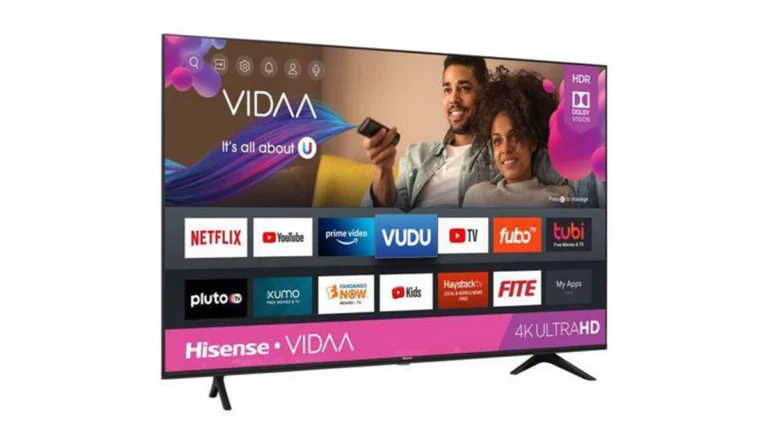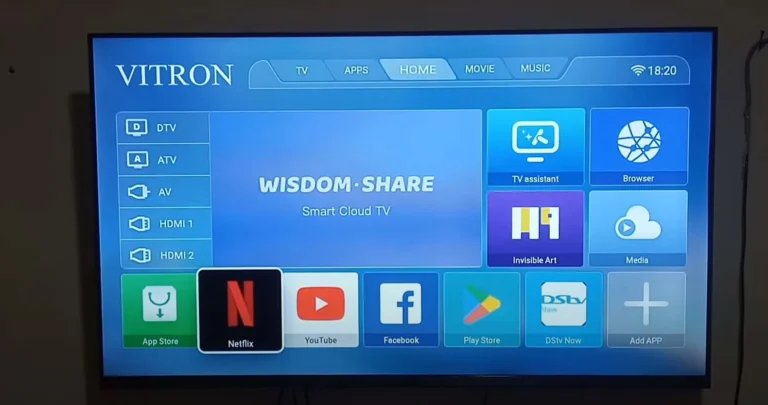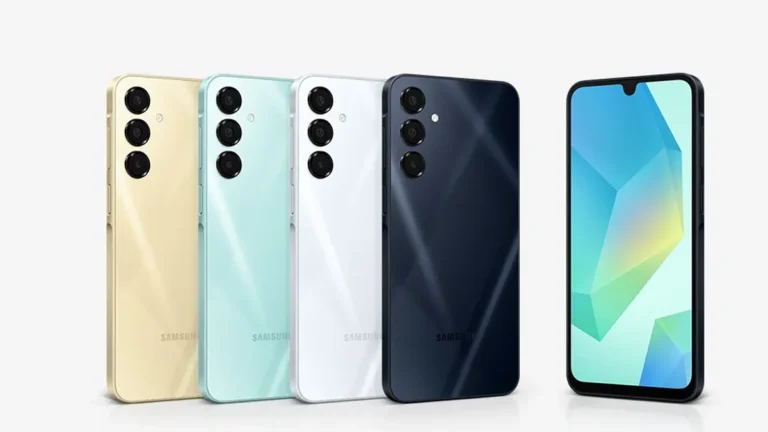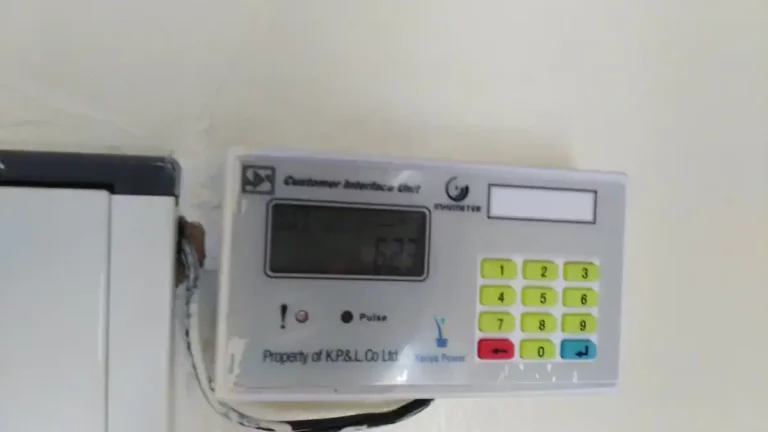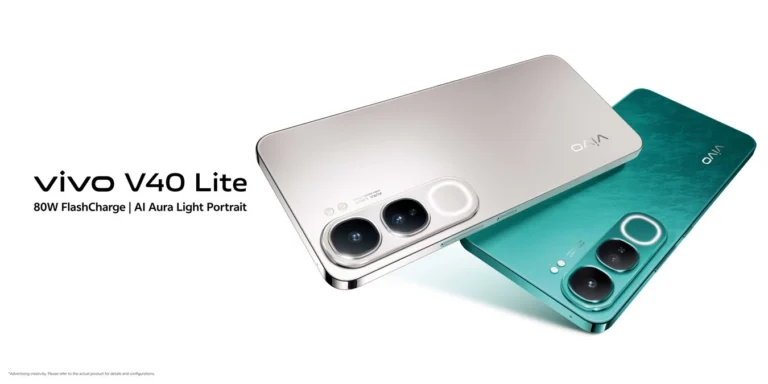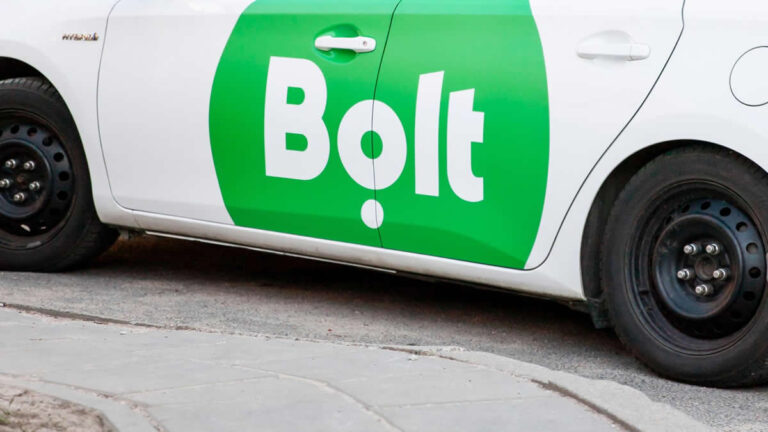When starting life, the period between completion of tertiary education such as university and getting a job, there are a couple of things that can be daunting if not well planned. I remember the first time I went looking for a television set that would later serve me for years until I got married or the least got a better paying job, I did a couple of background checks on available models, but the choices weren’t as slim as they are nowadays.
Therefore, there’s no question that indeed television sets have grown to form an integral part of our lives, especially in modern homes, offering entertainment and connectivity. Here in Kenya, the market is now flooded with cheaper Chinese brands, and as I might imagine, it’s okay to look at them with a pinch of salt, not all of them are quality original brands. TCL and Hisense are some of the two popular brands dominating the market with their affordability, diverse features, and quality.
Most Kenyans nowadays would probably settle for either of the two in comparison with a decade ago when Japanese brands trounced the market. Choosing between the two can be challenging, especially if you have limited experience or information to help in making a choice for your set. Having used both, I can appreciate their similarities and subtle differences, and that is why I’ve prepared this guide to provide you with a fast-hand in-depth comparison of TCL and Hisense TVs that would hopefully help you decide which one suits your needs better.
Brand Overview
TCL
Most of us care very little about the full name of abbreviations, but just so you know, TCL stands for “The Creative Life,” and it’s a Chinese brand. The brand has gained traction here in Kenya and over the years, it has become synonymous with innovative technologies and value-for-money products. In this respect, TCL TVs have been popular not only because of their sleek designs but also for their superior picture quality as well as their seamless smart TV functionalities.
Hisense
Hisense is also a Chinese electronic giant, with a niche in the global market for high-performance electronic devices such as TVs and Fridges that are often priced competitively in comparison to Japanese counterparts. Just a few years back, the brand was mainly identified by its TV sets, however, it currently has numerous electronic devices under its umbrella and for today, we are focusing on its TV’s which also happens to be its flagship product – just like you’re most likely going to associate Apple with the iPhones rather than MacBooks, given iPhones are the flagship devices for the brand. Hisense TV’S are known to deliver durability as well as advanced features and remains a favorite among budget-conscious buyers here in Kenya.
Picture Quality
TCL
High end TCL TVs come equipped with QLED technology which is known to enhance color and contrast of the TV screen. Some models that feature this outstanding technology include the TCL 6-Series which also comes with Dolby Vision and HDR10+ that further enhances the picture quality with some impressive detail. Color reproduction and the brightness that you get with TCL makes it a perfect device for those who love movies.
Hisense
In comparison, Hisense TVs utilize a different technology dubbed ULED which offers similar picture clarity to that achieved by TCL counterparts. Models with ULED technology can achieve higher levels of brightness, high contrast as well as a very sharp image. Additionally, Hisense TVs are also equipped with Dolby Vision and are HDR10+ enabled thus providing a lot of options to viewers.
Conclusion: In this category both brands provide the best picture quality, but TCL is somewhat more vibrant than Hisense.
Smart TV Features
TCL
Many of the TCL TVs are either Roku TV or Google TV enabled smart TVs, and this makes them quite simple to use and operate as they are both connected to thousands of applications. Both the two platforms are quite efficient, enabling fast access and use of various content streaming services. It’s like having the whole internet at your fingertips, great for those cold nights in Nairobi when all you want to do is binge watch a series on Netflix.
Hisense
On the other hand, Hisense TVs are most often equipped with VIDAA OS or Android TV, and both are quite versatile and customizable. VIDAA OS is rather lightweight and efficient, while Android TV is incredibly flexible and supports a great number of apps, including Netflix, YouTube, and Amazon Prime Video. This makes it suitable for anyone who loves discovering new apps or streaming services.
Conclusion: It all depends on personal preference. If you are looking for a smart TV with a vast number of applications and integration with other devices, the Android TV by Hisense may be more suitable, while the Roku TV by TCL is much simpler and more user-friendly.
Gaming Performance
TCL
With features such as low input lag, Variable Refresh Rate (VRR), and Auto Low Latency Mode (ALLM), this brand makes a compelling case for gamers. Just to be safe, ensure you carefully do your background checks on available models to know which one supports them. Some of the higher-end models are capable of 4K at 120 Hz which is great news especially for the latest generation of consoles.
Hisense
The same can be said with Hisense as it also has features such as VRR and ALLM. But some models may have higher response time than TCL, for example. Nevertheless, Hisense is a good choice for a gamer, who needs reliable device, but doesn’t want to spend much money.
Verdict: TCL has an edge over Hisense especially because it has better optimization for gaming.
Build Quality and Design
TCL
TCL TVs are available with thin bezels and sleek designs thus giving it a stylish look. While the build quality is quite sturdy, it is often criticized for being not as strong as its more expensive counterparts. This is the kind of TV that you would love to mount on the wall to show it off to visitors.
Hisense
Hisense TVs are rather tough and durable, which is quite expected for their price. They have simple yet elegant designs and metallic finish which makes even their cheapest models look high-end. If you live in a house where someone is likely to accidentally spill a drink near the entertainment center, then you will love Hisense TV.
Verdict: Hisense is more durable than TCL while the latter is more focused on the design.
Sound Quality
TCL
Most of the TCL TVs also support Dolby Atmos which is greatly recommended as it enhances the audio experience of the set. However, the inbuilt speakers sound is not always as powerful and external soundbars are recommended for the best experience. It’s perfect if you’ve invested in a sound system as well.
Hisense
Hisense TVs are known to have better inbuilt speakers than most of the TVs in its price range, and they are also equipped with DTS Virtual:X technology. This makes them suitable for users who do not want to purchase extra audio equipment.
Conclusion: We can confidently state that Hisense offers better sound quality than TCL, especially when used without additional audio devices.
Pricing
Both TCL and Hisense TVs are relatively cheap as compared to other international brands. In Kenya their prices differ in accordance with the size of the screen and the features that they have. TCL is somewhat costly compared to the other brands due to the technologies that it incorporates while Hisense offers much more affordable prices yet very effective and quality products.
Conclusion: In this instance, Hisense is more advantageous as it is more affordable than TCL especially for the consumers with low budget.
After sales service and Market Coverage in Kenya
Both brands are well established in Kenya with their dealers and service centers in most of the towns. Spare parts and accessories are also easily available in the market. This is because Hisense has better local representation and may tend to offer better customer service. You will often hear someone say, I took my Hisense TV to the service center, and it was repaired/ fixed within no time.
Conclusion: Which Is Better for Kenyan Buyers?
The decision between TCL and Hisense will depend on your personal needs, preferences and budget. If you are looking for the latest technology, good gaming features, and vibrant picture quality then TCL is a good choice. On the other hand, if you are interested in durability, better sound, and an affordable price, then Hisense will be a perfect choice.
To a Kenyan consumer, Hisense may be more useful for day-to-day use due to it being less expensive than TCL and being built to last. But the tech geeks and gamers will likely go for TCL due to its features. In the end, it comes down to the personal preferences and needs.

